Exterminators offer people healthier environments by eliminating pests like rats, ants and bed bugs from living spaces. Exterminators use physical, biological and chemical means to eradicate the infestations from reoccurring.
Traps
Exterminators play an essential part in monitoring pests and using traps to capture them. Traps typically consist of cards or other materials covered in sticky substances that attract and hold onto insects – with certain traps designed for specific species like pheromone traps utilizing chemicals designed to mimic specific scents that attract certain insect pests while others use naturally-occurring compounds such as sulfinyl which is toxic to insects.
Traps can be useful tools in assessing when and how much control action is necessary, depending on their type. However, it should be remembered that trap catches only provide an indicator of pest presence; they do not give an exact measure of density on which management decisions can be based. In most instances, crop inspection should accompany trapping to assess whether economically damaging levels of pests exist that warrant mitigation efforts.
Yellow cards (3×5 inches or larger) covered on both sides with sticky material attract and capture adults of various crop pests such as fungus gnats, thrips, whiteflies, aphids and other Hemiptera species. Their colors can also influence fly attraction with yellow being most effective between green to red wavelengths while black seems less desirable (Prokopy & Owens 1983).
Pesticides
Pesticides are chemicals specifically created to kill, control or repel pests. They come in liquid, solid and gaseous forms and should only be used when other methods have failed to provide satisfactory results. When using pesticides, it is vitally important to read and follow all instructions on the label – including warnings and precautions – carefully in order to avoid damage to plants, pets and people.
Pesticides should only ever be applied in their intended areas and only with proper clothing and protection when handling. Be especially wary around children or any others around where you’re treating areas with a pesticide as this link explains that pesticides may enter through inhalation, ingestion, skin absorption and eye penetration – and those most at risk from these effects are typically those preparing and applying it themselves.
By purchasing only what is necessary for the task at hand, purchasing only enough pesticide to complete it, and using a sprayer or fogging device may reduce how much pesticide is actually applied – and hence exposure.
Pesticides typically fall into three categories: insecticides, herbicides and fungicides (https://ldh.la.gov/index.cfm/faq/category/42). Of the three pesticides mentioned here, insecticides tend to be the most toxic as their aim is to attack insects’ nervous systems – these effects could potentially translate to humans as well. Herbicides and fungicides tend to be less hazardous; nonetheless they still can pose threats to both animals and people.
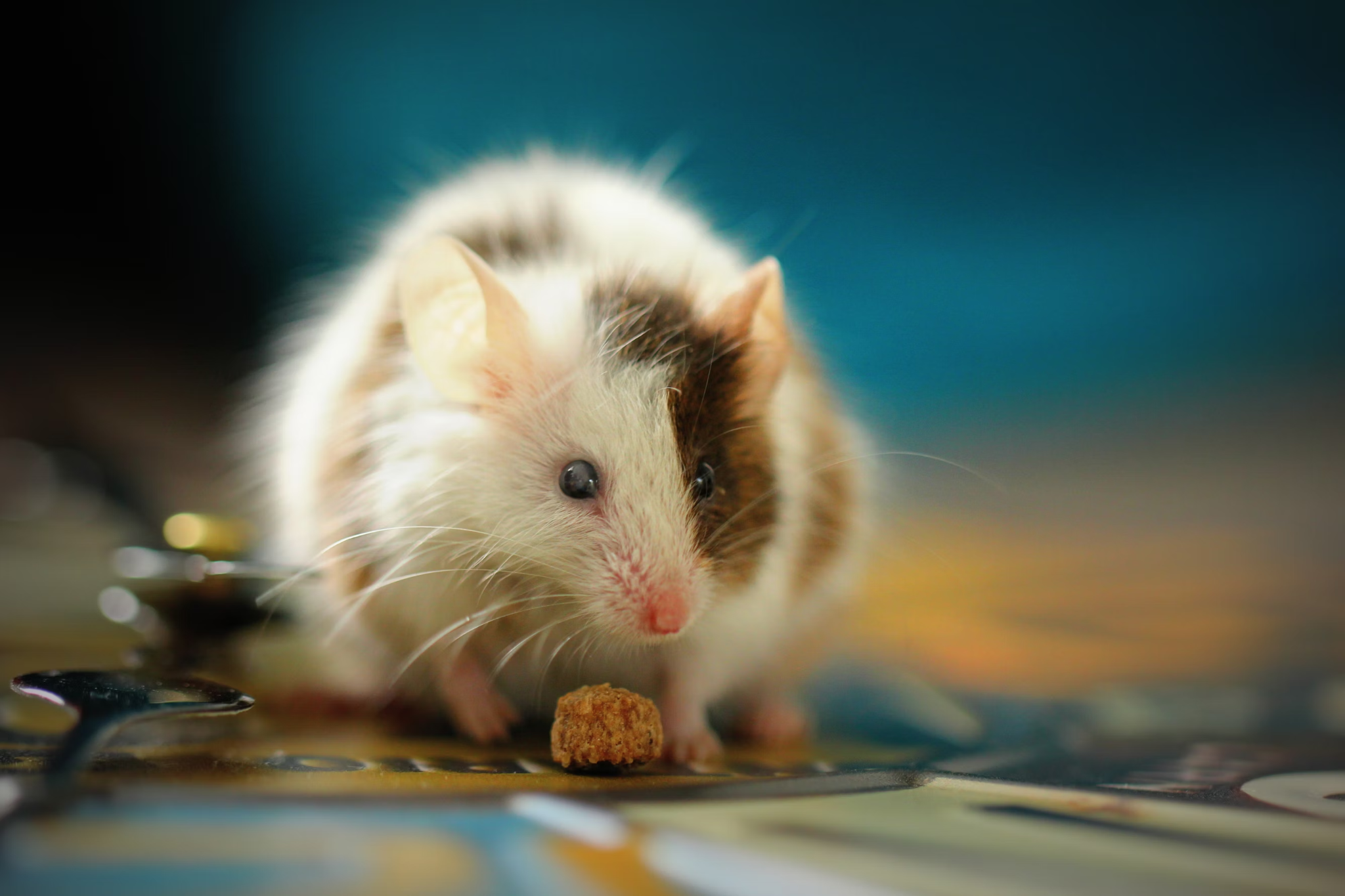
Heat Treatments
Heat treatment is a fast and efficient method for killing pests that has replaced spraying as one of the go-to solutions for controlling them. This approach involves gradually heating a home or business until temperatures become too hot for pests to survive – killing them by dehydrating and breaking down their exoskeletons, thus making heat treatment an excellent alternative to chemical pesticides that is safe for children and pets.
Professionals can utilize heat treatments in the home or business to eliminate various forms of pests, including bed bugs, cockroaches, fleas and moths. Companies like Best Exterminators use heat treatments which has proven especially useful against resistant varieties. Incorporating heat treatments alongside traditional chemical solutions offers the best chance for success and provides comprehensive protection.
Professional heat treatments typically can be completed in one day or less. Before beginning, they will create a list of items to remove for safety purposes, including electronics and non-wood furniture (such as plastic). Homeowners should deflate air beds or remove water mattresses that could be damaged by high temperatures; any cracks in walls and around pipes leading outside should also be taped over to prevent pests escaping during treatment.
Temperature surges can kill pests at every stage of their lives – eggs, larvae, pupae and adults alike. This gives heat treatments a clear advantage over spraying that only kills adult pests without reaching eggs or larvae. Furthermore, heat treatments are extremely efficient and cost-effective solutions, while being eco-friendly options for homeowners looking for ways to remove toxic chemicals from their home environment.
Sealing
Home exterminators typically advocate for prevention as the foundation of any effective pest control strategy, so sealing any cracks or holes around their house with caulk is usually recommended as this prevents pests such as cockroaches, rats and ants from getting inside while also helping keep out weather elements (source: https://www.quora.com/What-steps-should-I-take-after-pest-control-to-prevent-future-infestations). Sealing may involve using caulk to fill small gaps but also metal covering or other methods may be used depending on its purpose and size of openings in which there may be entry points into the home.
Clean the area that needs treating by clearing away clutter such as clothing, shoes and toys for children – these can block access to hard-to-reach areas where pests hide like corners or behind furniture – such as corners where pests scurry to avoid being seen by traps and baits. It may also help if large appliances such as stoves and refrigerators were moved further from walls so traps or baits can more effectively target pests.
Rodents often inhabit areas beneath furniture, making the area underneath sofas, chairs and beds prime targets. Therefore, it is beneficial to clear out the space beneath couches, chairs and beds so an exterminator can place traps where rodents frequently pass. Furthermore, opening cabinets and drawers allows pesticides to be strategically applied where most needed.
Preparing to treat roaches typically entails cleaning the area and shifting appliances such as stoves and refrigerators away from walls to expose potential cockroach hiding places. Homeowners should also empty cupboards of food to reduce resources used by cockroaches for survival – making them easier to target using baits or traps.
Before selecting a pest control company, it is wise to confirm they possess all of the required credentials. This may include checking that they are registered and insured as well as making sure all technicians have passed background checks – this step should especially be undertaken if they plan on using hazardous chemicals that pose health risks to people in your home.

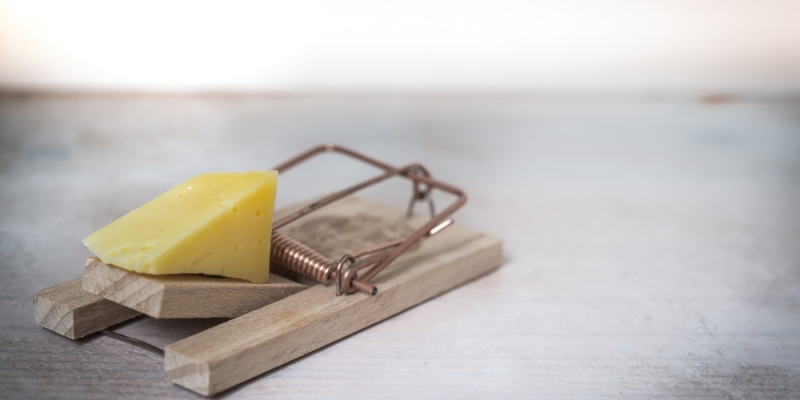
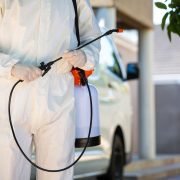

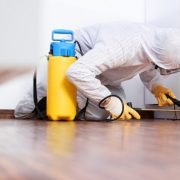
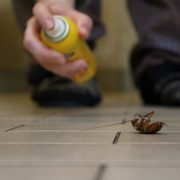
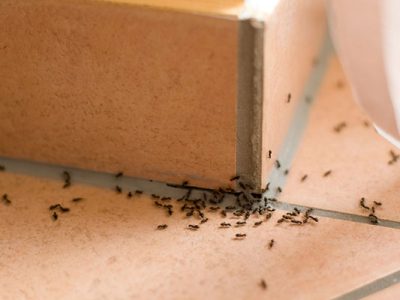
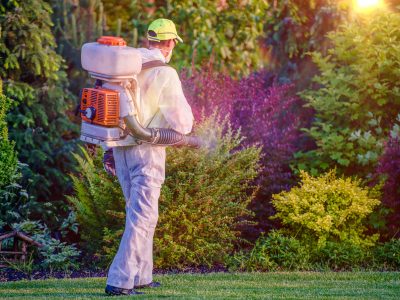
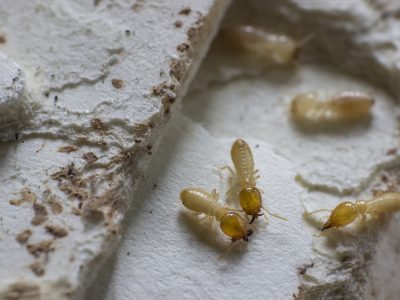
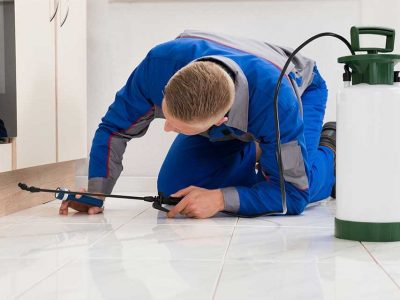




Comments